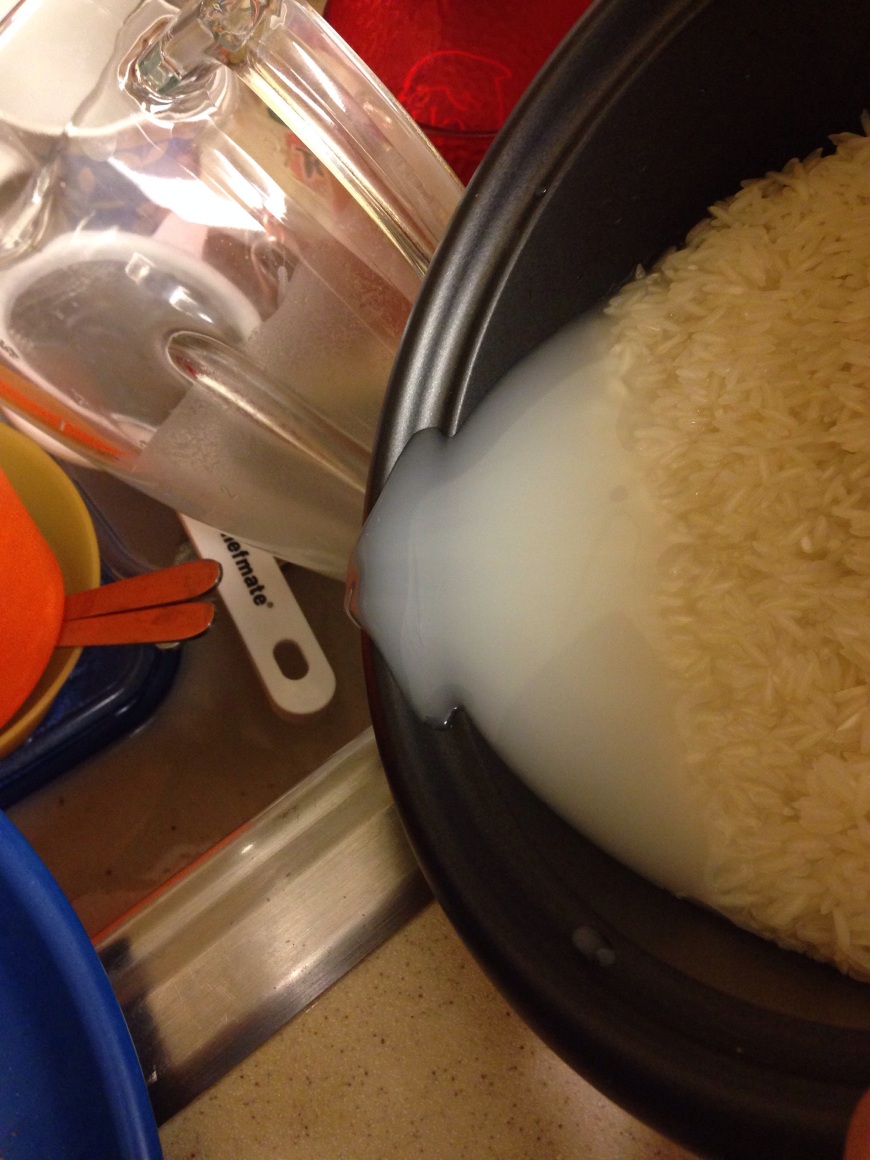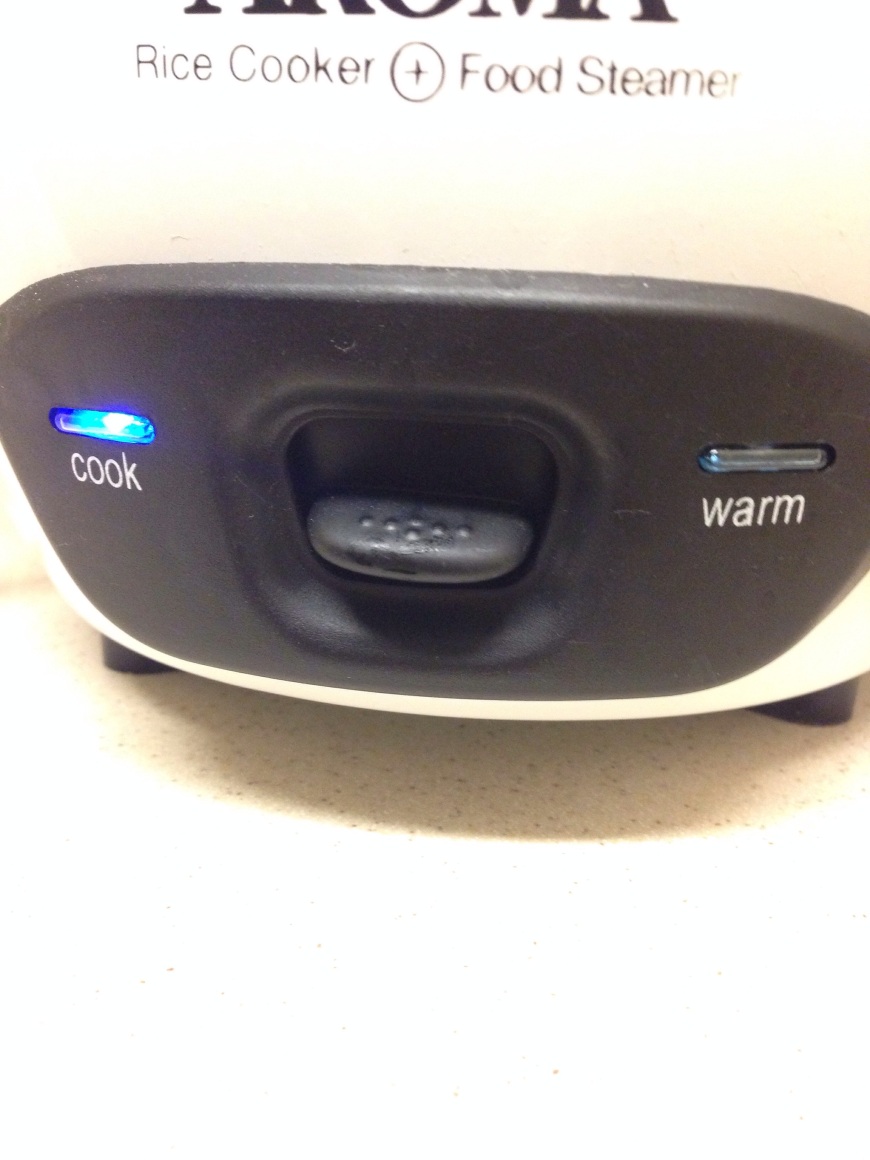QUEEN OF THE MOLD
In the passage “The Queen of Mold” from Tender at the Bone, Reichl’s main argument revolves around how people’s personalities fit with the way they act and treat food. The author’s evidence is her mother and her experimental ways of cooking. She also uses the rest of her family, herself, and their guests as evidence. The ways these people react to food and how they treat the food determines their personalities. I do believe the argument of the author through the evidence because she relates it to personal experience. The evidence is credible because this is what she grew up with.
MICHAEL POLLAN: THE OMNIVORE’S DILEMMA
In Michael Pollan’s speech for his book The Omnivore’s Dilemma, Pollan first talks about how corn has become a staple crop, being part of production of almost everything in the market. Ranging from cattle feed to cooking oil and sodas, corn seems to be the main ingredient for the cycle of the food market. He then talks about how organic produce has gained popularity over the years. He describes organic food as sustainable and a better alternative when it comes to its impact on the environment. Pollan concludes with a story about his experience with gathering and hunting for food himself.
DIVIDED WE EAT
Lisa Miller’s article “Divided We Eat” on Newsweek talks about how the way people eat depends on the family’s income. She classifies different people depending on their food preferences. She then introduces the Ferguson family and classifies them as locavores. This locavore family has a very high income and lives in a rather wealthy community. They spend 20% of their income on food. Miler then compares this to the people on the less wealthy side of town that never really get to choose what they eat and exist mainly on junk food. She makes an argument saying that people with a higher income have more leverage when it comes to food choices and that food will always separate those who are well off and who aren’t.
OUT OF THE KITCHEN, ONTO THE COUCH
In Michael Pollan’s article “Out of the Kitchen, Onto the Couch,” he mainly talks about the increased variety of cooking shows and its impact on American families, which is mostly nothing. Pollan describes how the evolution from the first cooking shows with Julia Child to all those shown on the Food Network should increase people’s involvement in cooking and making their own food. But instead, people in America only watch these shows for enjoyment rather than practical application. Even with all these new cooking shows and increased viewing, people still don’t cook for themselves because they are scared to, making food, as opposed to cooking food, has been made easier throughout the years, Food Network focuses more on eating rather than cooking, and cooking shows are focused on buying rather than cooking.
CHOP, FRY, BOIL: EATING FOR ONE OR 6 BILLION
In Mark Bittman’s article, “Chop, Fry, Boil: Eating for One or 6 Billion,” the author talks about the value of cooking at home. People nowadays would rather take the easy way out and go to restaurants and buy ready-made food instead of making it themselves. Far more people have the skills, time, and money to cook food instead of going out to eat, people just choose not to. Bittman says that people do not need a professional degree cook. Bittman calls people to leave the processed foods behind and cook even if the average person hasn’t done it a lot. It takes only a few produce items to create your own meal. The benefits of cooking instead of buying from fast food restaurants is that people can further improve their cooking skills and their health.











